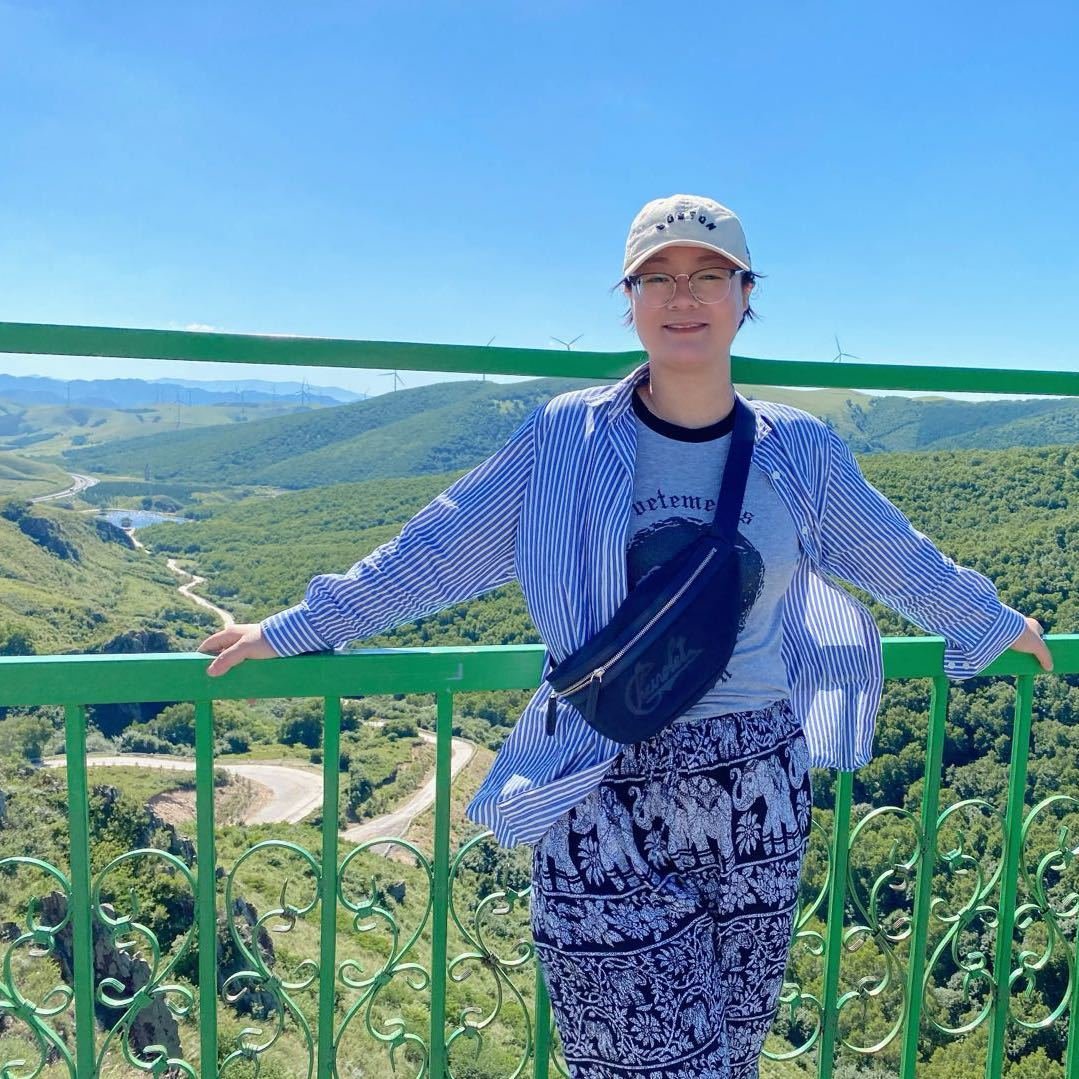As global agriculture moves toward precision nutrition management, liquid fertilizers are playing an increasingly vital role due to their high efficiency, ease of application, and rapid nutrient availability.
Among various liquid fertilizer types, suspension liquid fertilizer stands out for its ability to deliver high nutrient concentrations while maintaining excellent physical stability and environmental friendliness.
This article provides a complete technical overview of suspension fertilizers—from classification and composition to production processes and quality control methods.
1. Classification of Liquid Fertilizers
According to physical form and solubility characteristics, liquid fertilizers can be categorized into three main types:
1. Clear Liquid Fertilizer
All nutrients are completely dissolved in water, forming a transparent and homogeneous solution without solid particles.
2. Suspension Liquid Fertilizer
With the help of suspending and dispersing agents, insoluble or partially soluble raw materials are evenly suspended in water as fine solid particles, creating a stable suspension system.
3. Paste Fertilizer
Similar to suspension fertilizer but with a higher viscosity, resulting in a paste-like texture.
2. Key Features of Suspension Fertilizer
(A) Main Advantages
1. High Nutrient Concentration
Suspension fertilizers can reach nutrient concentrations comparable to solid fertilizers while maintaining liquid form, making them ideal for high-demand crops.
2. Cost-Effective Raw Materials
Because raw materials do not need to be fully dissolved, manufacturers can utilize low-purity or low-solubility ingredients, including finely ground mineral sources or industrial by-products. This significantly reduces production costs.
3. Environmentally Friendly Production
Unlike granulated fertilizers, suspension fertilizer manufacturing requires no evaporation or drying, avoiding emissions of dust, ammonia, or nitrogen oxides. It’s a low-emission, energy-saving process aligned with sustainable production principles.
4. Flexible and Efficient Application
Applicable through foliar spray, drip irrigation, and hydroponic systems, suspension fertilizers improve nutrient uptake efficiency, minimize nutrient leaching, and reduce gaseous nitrogen losses, promoting cleaner and more efficient fertilization.
(B) Major Challenges
- Storage Stability: Over time, solid particles tend to settle and cause phase separation.
- Processing Sensitivity: Large or dense crystals can cause sedimentation and pipeline blockage during grinding or pumping.
- Foaming Issues: Surfactant additives may create persistent foam, complicating production and dilution.
3. Composition of Suspension Fertilizer
An effective suspension fertilizer must balance nutrient efficiency, formulation stability, and production cost.
Its composition typically includes macronutrient sources, secondary and micronutrients, and auxiliary agents.
(A) Raw Material Categories
1. Macronutrient Sources
- Nitrogen (N): Urea, ammonium sulfate, ammonium nitrate, calcium ammonium nitrate, ammonium chloride, potassium nitrate.
- Phosphorus (P): Monoammonium phosphate (MAP), diammonium phosphate (DAP), potassium dihydrogen phosphate, polyphosphates, pyrophosphates.
- Potassium (K): Potassium chloride, potassium sulfate, potassium nitrate, potassium pyrophosphate.
2. Secondary and Micronutrient Sources
Include Ca, Mg, S, Zn, Fe, Mn, Cu, B, usually in chelated forms (e.g., EDTA-Ca, EDTA-Cu) or as soluble salts such as sulfates or boric acid.
These elements enhance nutrient uptake, improve crop stress tolerance, and promote enzyme activity.
3. Auxiliary Ingredients
Suspending agents, thickeners (e.g., xanthan gum, hydroxyethyl cellulose, sodium carboxymethyl cellulose), and anti-crystallization additives ensure uniform texture, viscosity, and shelf stability.
4. Key Functional Additives
1. Surfactants
Molecules with both hydrophilic and hydrophobic ends, capable of reducing surface tension and improving wetting, emulsification, and dispersion.
They are classified as anionic, cationic, nonionic, or amphoteric depending on their charge in aqueous solution.
2. Dispersants
Prevent fine solid particles from aggregating by adsorbing onto their surfaces and inducing electrostatic repulsion.
Commonly polymeric dispersants are used to maintain particle uniformity and prevent sedimentation.
3. Thickeners
Increase viscosity and form a gel-like structure, slowing down particle growth and minimizing sedimentation.
They are crucial for maintaining suspension stability during storage.
4. Defoamers
Control foam generated by surfactants during production and use, ensuring accurate dosing, clean operation, and consistent product performance.
5. Production Process of Suspension Fertilizer
Producing high-quality suspension fertilizers requires precise raw material handling, particle control, and formulation balance. The main stages include:
(A) Preparation Stage
- Raw Material Treatment
Raw materials are pre-milled using micronizers to achieve a particle size of D90 ≤ 2 mm.
Then, sand mills or colloid mills further grind the mixture to micron scale to enhance dispersion efficiency. - Accurate Weighing and Dosing
Each batch’s N-P-K, micronutrient, and auxiliary materials are precisely measured according to formulation ratios.
(B) Main Mixing Stage
- Add the required amount of water into the mixing tank.
- Sequentially add nitrogen, phosphorus, potassium, and micronutrient sources under continuous agitation.
- Introduce dispersants and maintain the solid content within an optimal range to ensure pumpability and homogeneity.
(C) Post-Processing Stage
- Final Dispersion and Thickening
After cooling, suspending and thickening agents are added to form a uniform gel system, preventing particle aggregation and sedimentation. - Functional Additives Incorporation
Add humic acid, amino acids, or biostimulants to enhance nutrient efficiency and crop performance. - Inspection and Packaging
Conduct comprehensive tests for pH, particle size, nutrient concentration, and suspension stability before filling and storage.
6. Quality Control and Common Issues
(A) Particle “Maturation” and Sedimentation
During storage, particles may coalesce, leading to phase separation.
Solution: Use high-molecular-weight polymer dispersants to stabilize fine particles and prevent agglomeration.
(B) Chemical Precipitation
Improper ingredient combinations (e.g., mineral humic acids with divalent metal ions) can cause flocculation.
Solution: Choose biochemical humic acids or chelated micronutrients to avoid adverse reactions.
(C) Gas Formation (Swelling)
Reactions between components, pH imbalance, or excessive urea can lead to gas buildup in packaging.
Solution: Adjust formulation, control pH and urea levels, and use vented caps to balance internal pressure.
Toward High-Efficiency and Sustainable Fertilization
Suspension liquid fertilizers represent a next-generation nutrient delivery system that combines the convenience of liquid fertilizers with the nutrient density of solids.
They align with the global trend of precision agriculture, sustainability, and resource efficiency.
With proper formulation design, quality control, and raw material selection, suspension fertilizers can deliver superior crop performance, cost savings, and environmental benefits—making them a powerful tool for modern growers worldwide.


